irregular
Type of resources
Available actions
Topics
Keywords
Contact for the resource
Provided by
Years
Formats
Representation types
Update frequencies
Service types
Scale
Resolution
-
The Intergovernmental Panel on Climate Change (IPCC) Data Distribution Centre provides four main types of data and guidance: 1. Observed Climate Data Sets; 2. Global Climate Model Data; 3. Socio-economic data and scenarios; 4. Data and scenarios for other environmental changes.
-
The Intergovernmental Panel on Climate Change (IPCC) Data Distribution Centre provides four main types of data and guidance: 1. Observed Climate Data Sets; 2. Global Climate Model Data; 3. Socio-economic data and scenarios; 4. Data and scenarios for other environmental changes.
-
Global Coordination of Atmospheric Electricity Measurements (GloCAEM) project brought these experts together to make the first steps towards an effective global network for FW atmospheric electricity monitoring by holding workshops to discuss measurement practises and instrumentation, as well as establish recording and archiving procedures to archive electric field data in a standardised, easily accessible format, then by creating a central data repository. This project was funded in the UK under NERC grant NE/N013689/1. This dataset contains measurements of atmospheric electricity and electric potential gradient made using a Cambell Scientific CS110 electric-field mill at Karlovy Vary Studenec.
-
The Intergovernmental Panel on Climate Change (IPCC) Data Distribution Centre provides four main types of data and guidance: 1. Observed Climate Data Sets; 2. Global Climate Model Data; 3. Socio-economic data and scenarios; 4. Data and scenarios for other environmental changes.
-
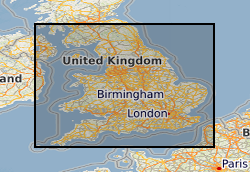
A card index storing supplementary information regarding name, operator, dates and commodity worked for each planning permission boundary recorded (drawn) on the Ministry of Housing and Local Government (MHLG) Mineral Planning Permissions Maps (see associated metadata). Information on the cards has been used to attribute the Ministry of Housing and Local Government (MHLG) Mineral Planning Permission Polygons (see associated metadata for MHLG Planning Permission Polygons).
-
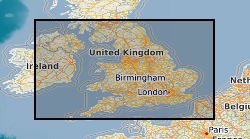
Derived from data collated from the 2005 Aggregate Minerals Survey, carried out by BGS for the Department for Communities and Local Government (CLG) which provide an in-depth and up-to-date understanding of regional and national sales, inter-regional flows, transportation, consumption and permitted reserves of primary aggregates for England and Wales. The information is used to monitor and develop policies for the supply of aggregates. This data set depicts the flow of crushed rock aggregate between the regions of England and Wales. The data originator also has similar data for sand and gravel and also the same data derived from the 1997 and 2001 Aggregate Minerals Surveys.
-
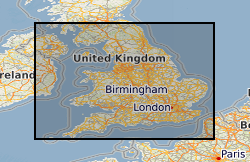
Data on the physical properties (transmissivity, storage coefficient, porosity and permeability) of aquifers in England and Wales. Compiled by BGS staff from paper records of field and laboratory testing held by BGS, the Environment Agency and other organisations. Contains summary data on approximately 20,000 pump tests at over 2000 discrete locations. Raw data may be available on request. The majority of BGS and EA pump test data is included for both major and minor aquifers, but in minor aquifers this is complemented by data on specific yield. Laboratory determinations of porosity and permeability are limited to open file BGS data only. All data subject to similar processing and interpretation, but raw data highly variable.
-
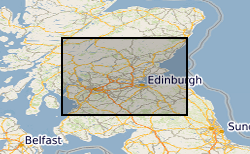
Contains digitised mine plan contours, spot heights and worked ground outlines on key coal seams from the Midland Valley in ASCII or ArcView format. Incomplete, only some seams and some areas digitised. All contours digitised on key seams, worked ground outlines simplified, spot heights digitised where no contours exist.
-
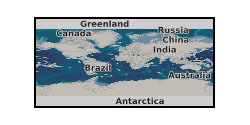
A collection of regional geochemical data, mainly from stream sediment surveys, gathered from many BGS overseas projects since 1960s. Some areas are well covered and well documented with data available digitally on CD-ROM. Projects from 1960s and 1970s generally have no digital data and information exists only in paper form.
-
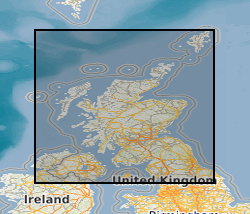
Collection of c.5,000 items relating to economic mineral exploration and exploitation in Scotland (with some records for Northern England) pre c.1960. Incorporates Non-Ferrous Metallic Ores Committee and Mineral Development Committee records. Collection originally arranged by mineral commodity, but new data is added in accession order.
 NERC Data Catalogue Service
NERC Data Catalogue Service